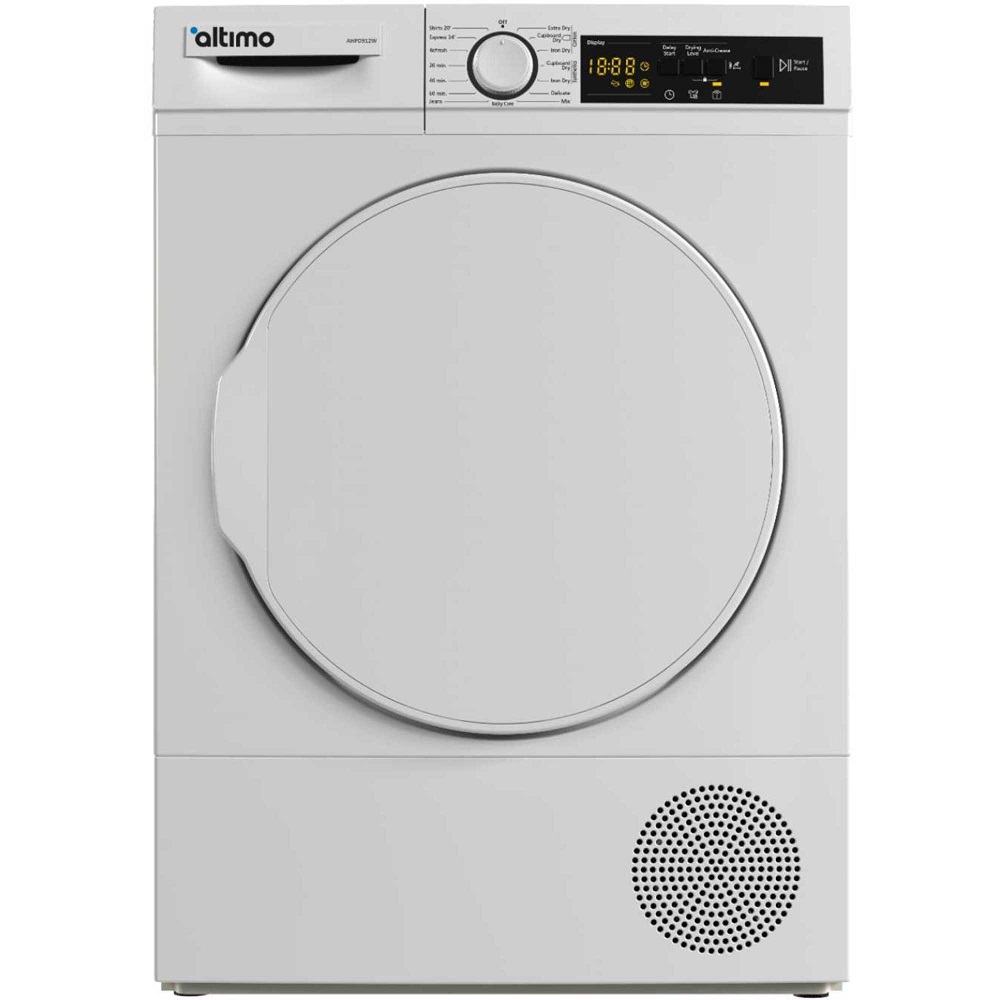Introduction to Dryer Heating Issues
When your dryer stops heating, it can be frustrating. A dryer not heating means damp clothes that remain unwearable. For many households, a dryer is an essential appliance that saves time and effort in the laundry process. Understanding why a dryer might not be heating is crucial before calling a technician for professional help. Diagnosing the problem and performing basic checks can often solve the issue quickly and avoid unnecessary service calls.
Dryers typically use either gas or electricity to generate heat. If your dryer is not heating correctly, it could be due to various factors, ranging from simple blockages to more complex mechanical failures. In this article, we will discuss essential checks you can perform to troubleshoot the heating issue in your dryer. By identifying potential problems, you can determine whether professional repair is necessary or if you can address the issue independently.
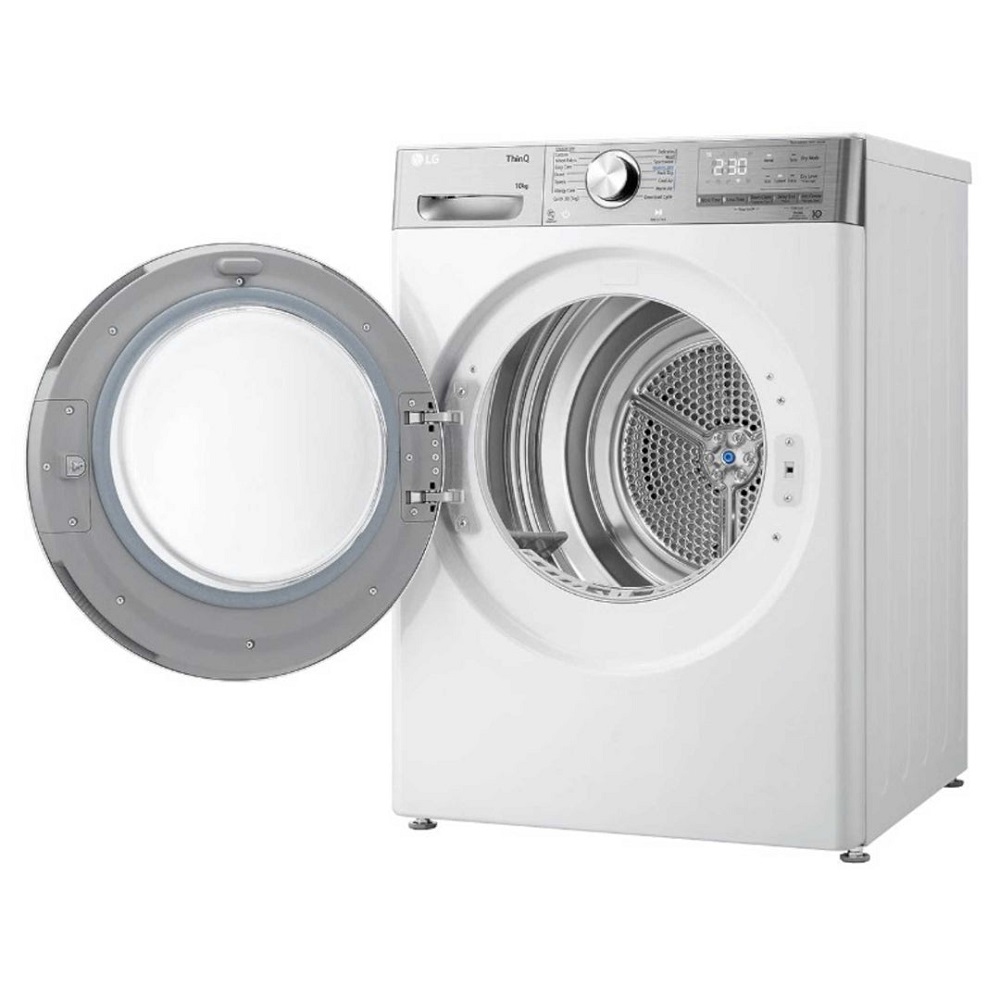
Common Causes of Dryer Heating Problems
Blocked Ventilation System
One of the most common reasons a dryer not heating is a blocked ventilation system. The dryer vent carries moist air from the drum to the outside of your home. If the vent is clogged with lint, dust, or other debris, airflow is restricted. As a result, the dryer cannot expel humid air, leading to inefficient drying and overheating issues.
To check for ventilation blockages, start by inspecting the dryer vent and ductwork. Remove any lint buildup that may have accumulated inside the vent and check the outdoor vent flap to ensure it opens freely. Using a vacuum or a vent cleaning brush can help clear the vent effectively. Maintaining a clean ventilation system is essential for optimal performance and safety. A blocked vent can increase drying times and pose a fire hazard, so addressing this issue promptly is key to preventing potential dangers.
Faulty Heating Element
If a dryer has a blocked vent, and airflow is clear yet it still fails to heat, the heating element may be faulty. This element is responsible for warming the air that circulates through the dryer drum. Over time, heating elements can wear out or break, leading to insufficient heat production.
To determine if the heating element is faulty, you may need to perform a visual inspection. Sometimes, you can see visible signs of damage or burning. In many cases, testing the heating element with a multimeter will provide a more accurate assessment. If the heating element shows an open circuit, it will need to be replaced. Knowing how to check the heating element can save you time, allowing you to proceed with repairs without needing a technician’s initial visit.
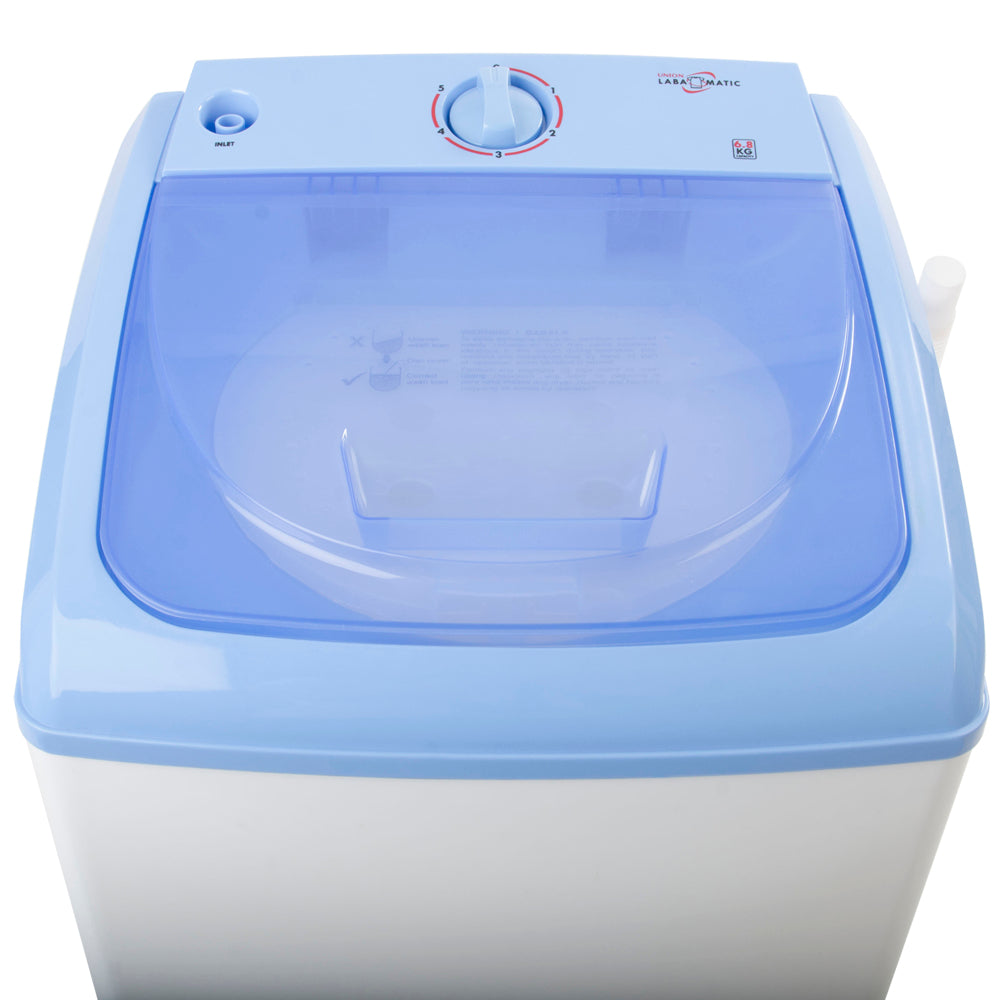
Checking Thermostats and Sensors
The Role of Thermostats
Dryers come equipped with various thermostats that help regulate heat levels within the appliance. These components monitor the temperature in the dryer and communicate with the heating element. If a thermostat fails, it may not signal the heating element to turn on, leaving your clothes damp and unheated.
To check if the thermostat is functioning correctly, perform a visual inspection of the part. Look for any visible signs of damage such as burnt wires or discoloration. You may also refer to your dryer’s manual for guidance on testing thermostats with a multimeter. If you discover that a thermostat is malfunctioning, replacing it is typically straightforward and can restore proper heating.
Checking the Thermal Fuse
Another critical component to consider is the thermal fuse. This safety device is designed to blow if the dryer overheats. If the thermal fuse has blown, the dryer will not heat. Checking the thermal fuse can prevent unnecessary service calls if this if it is the source of your issue.
To inspect the thermal fuse, locate it based on the specific model you own. Most are located near the heating element or blower housing. Use a multimeter to test for continuity. If the fuse is blown, you’ll need to replace it for the dryer to function correctly. Taking the time to check these components can lead to quick fixes without the high costs associated with professional repairs.
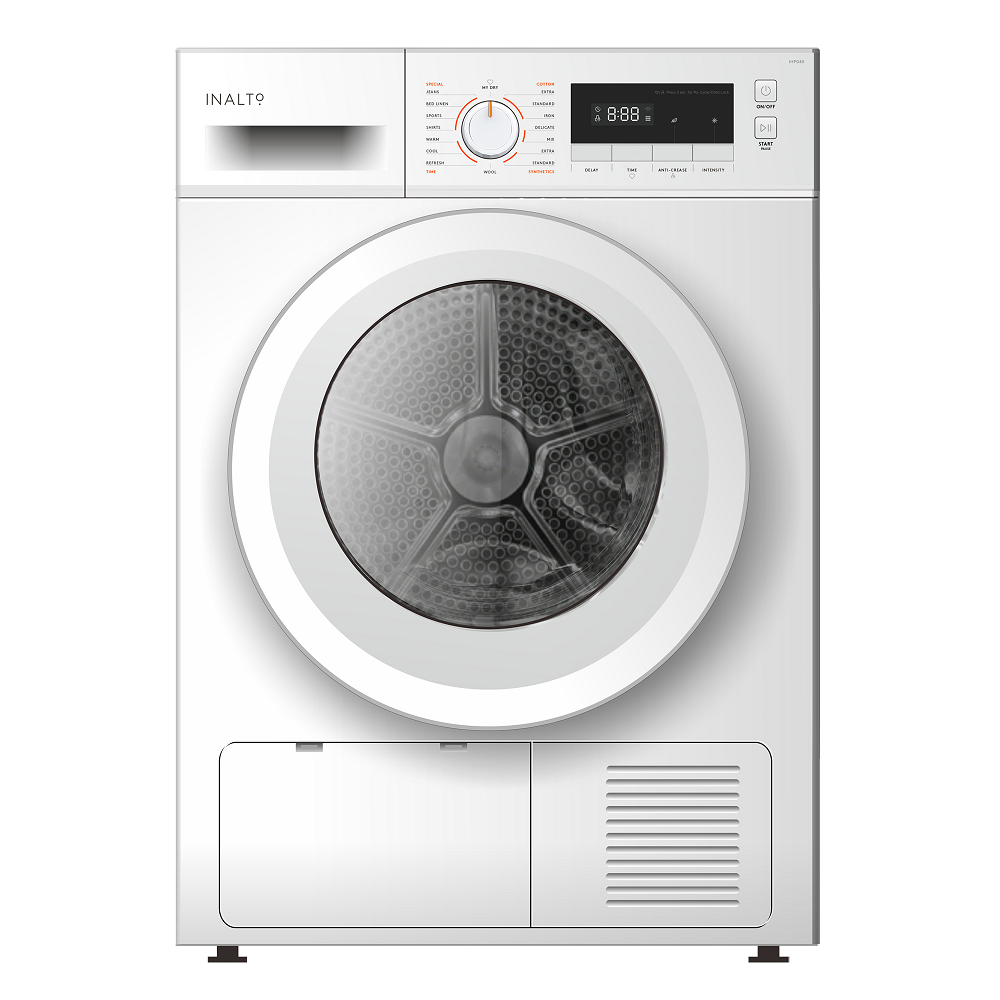
Power Supply Considerations
Electrical Issues
For electric dryers, a reliable power supply is essential for proper functioning. If your dryer is running but not producing heat, it could be due to insufficient voltage. Most electric dryers require a 240-volt power supply to operate the heating element effectively. A drop in voltage may lead to the dryer running but not heating as needed.
Check your circuit breaker to ensure it hasn’t tripped. Sometimes, one of the two breakers supplying power can fail while the other remains functional, causing the drum to operate without producing heat. Resetting the circuit breaker can restore full power to the dryer.
Inspecting Power Cords
Inspecting the power cord is another important step in the troubleshooting process. Worn or damaged power cords can lead to insufficient power, which may prevent the dryer from heating properly. Look for frayed wires, cuts, or other signs of wear on the cord.
If you notice any visible damage, replace the power cord immediately. Continuing to operate the dryer with a frayed power cord can pose a serious safety risk. Safety should always be a priority, and ensuring that electrical components are in good condition will help you avoid potential hazards.
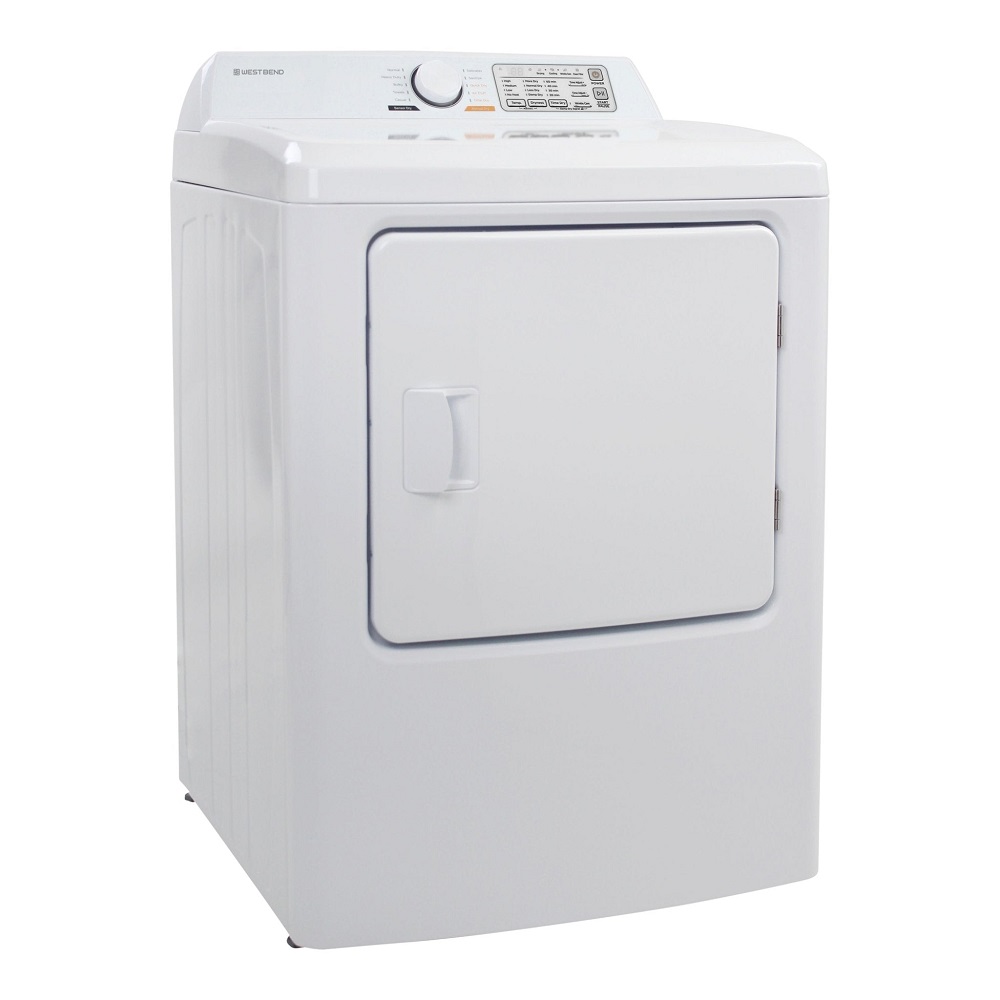
Exploring Additional Components
Drum Belt Issues
An overlooked aspect of dryer heating issues could be related to the drum belt. If the drum is not turning, the dryer will not be able to circulate air properly, resulting in inadequate drying. Though this may not directly affect heat production, it will prevent clothes from drying effectively.
You can check the condition of the drum belt by opening the dryer door and inspecting the belt. If it appears worn or damaged, you will need to replace it. A functioning drum belt ensures that the drum rotates freely, allowing hot air to circulate properly. Take a moment to address this component as it can enhance the overall performance of the dryer.
Blower Wheel Performance
The blower wheel is another essential component responsible for directing hot air into the drum and depositing moist air outside. If the blower wheel is clogged with lint or debris, it can affect the airflow and result in inefficient drying.
To check the blower wheel, you may need to remove the lint filter and access the area directly. Clear out any debris to ensure the blower wheel operates smoothly. Additionally, listen for any unusual noises when the dryer is running, as this can indicate that the blower wheel may be out of balance or obstructed. Addressing blower wheel performance can greatly affect heating efficiency in your dryer.
Professional Help and Repair Options
When to Call a Technician
If you have performed all the essential checks and troubleshooting but still find that your dryer is not heating, it may be time to call a technician. Professional mechanics have the expertise and tools to diagnose complex issues that may not be easily identifiable. They can assess electrical systems, test components, and provide guidance for repairs.
Some issues, such as problems with the main control board or wiring, may require specialized knowledge and tools. Attempting to fix these problems without proper training can lead to further issues or even safety hazards. Consulting a professional ensures the issue is dealt with correctly and promptly.
Cost Considerations
Before contacting a technician, it’s essential to consider the potential costs associated with repairs. Diagnostic fees can vary based on location and the specific repair shop. Understanding the common costs for part replacements can also help you budget for repairs, leading to a more informed decision.
If your appliance is older and requires extensive repairs, evaluating the cost-effectiveness of a replacement might be prudent. Weighing repair costs against the investment in a new machine can help you decide the best course of action for your appliance and household needs.
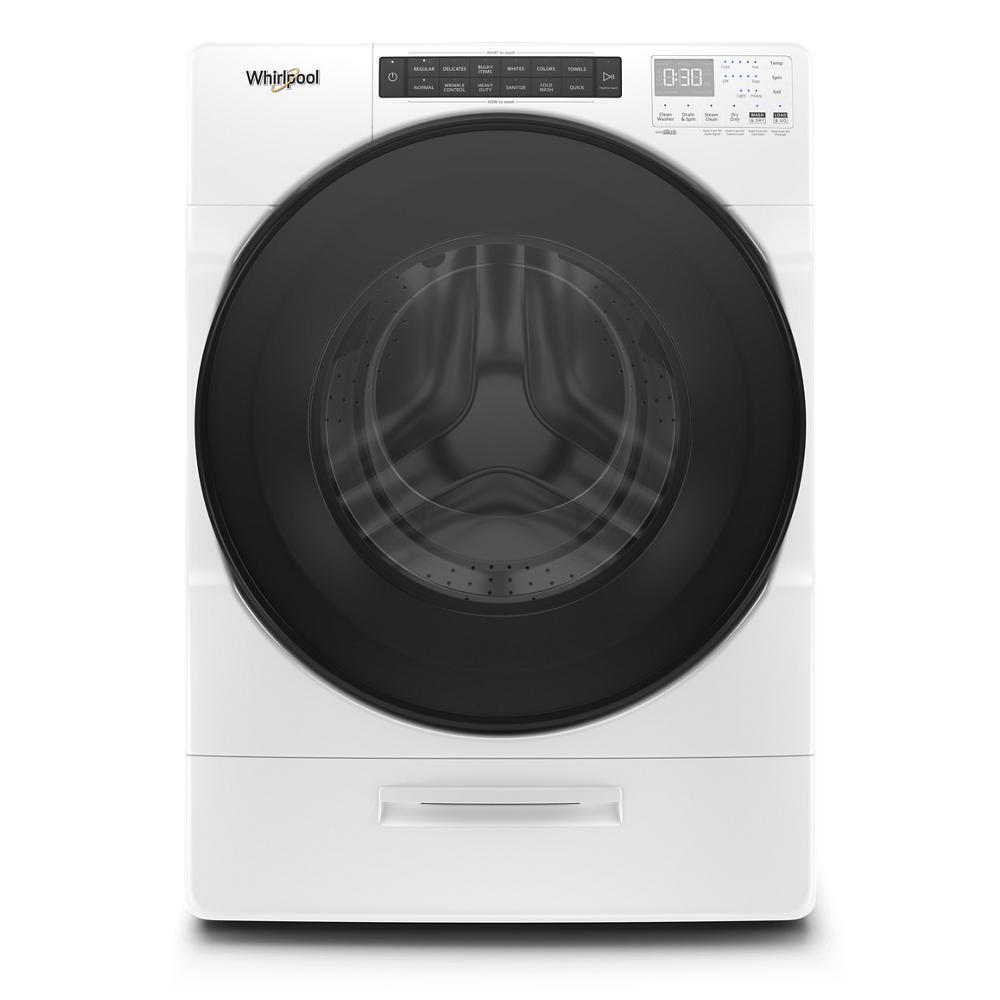
Conclusion: Maintaining Your Dryer for Optimal Performance
Summary of Key Points
In conclusion, understanding the reasons why a dryer not heating efficiently is vital for homeowners and renters alike. Regular maintenance practices, including checking ventilation, inspecting components, and being aware of power supply issues, will help ensure the longevity and efficiency of your dryer. Recognizing common issues and their solutions can empower users to manage their appliances effectively.
From troubleshooting basic components like the thermal fuse and power supply to understanding when professional help is necessary, taking a proactive approach is key. Simple checks can save you time and money while reducing the likelihood of needing costly repairs.
Embracing a Hands-On Approach
Practicing regular maintenance and being proactive about repairs will lead to a more seamless laundry experience. As you become familiar with the components of your dryer and how they interact, you’ll find that troubleshooting becomes easier. Embracing a hands-on approach to appliance care not only enhances your understanding of your equipment but also leads to greater comfort in managing household tasks.
Investing in the upkeep of your dryer can maximize its performance, ensuring it operates smoothly for years to come. By taking the initiative to address any issues, you contribute to a hassle-free laundry routine. Your ability to maintain your appliances with knowledge and confidence will ultimately lead to better living conditions and more efficient households. Happy drying!

